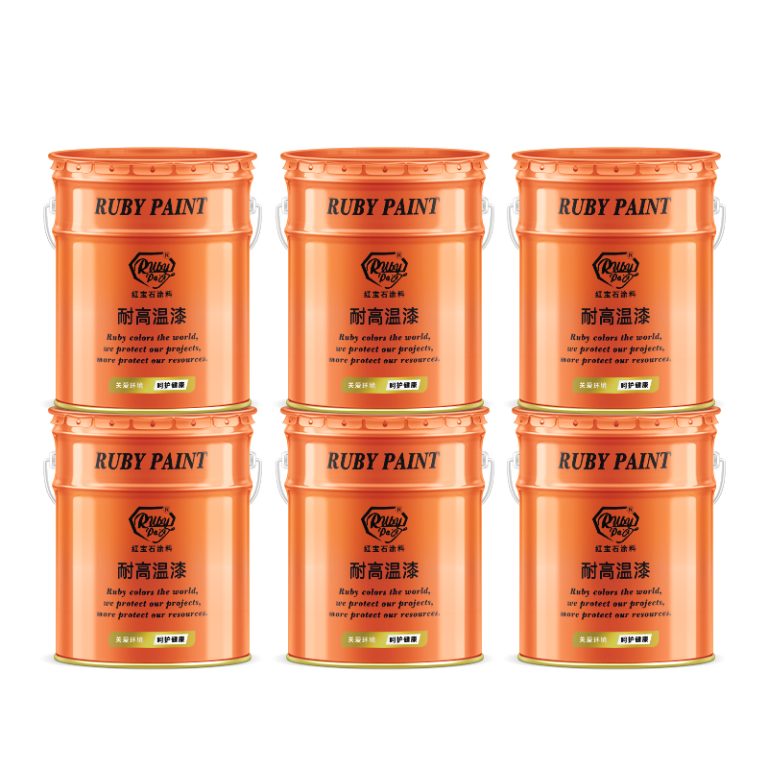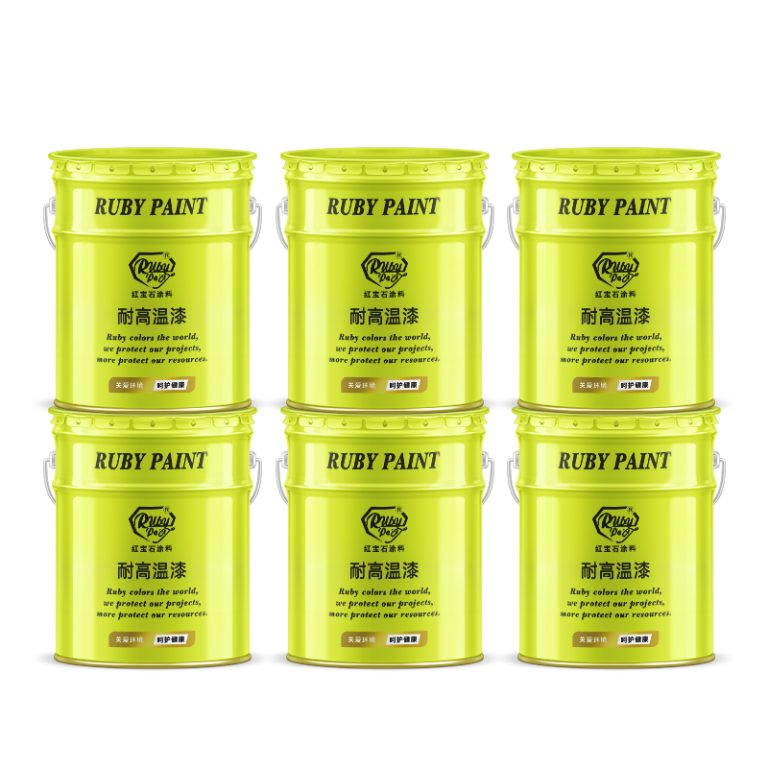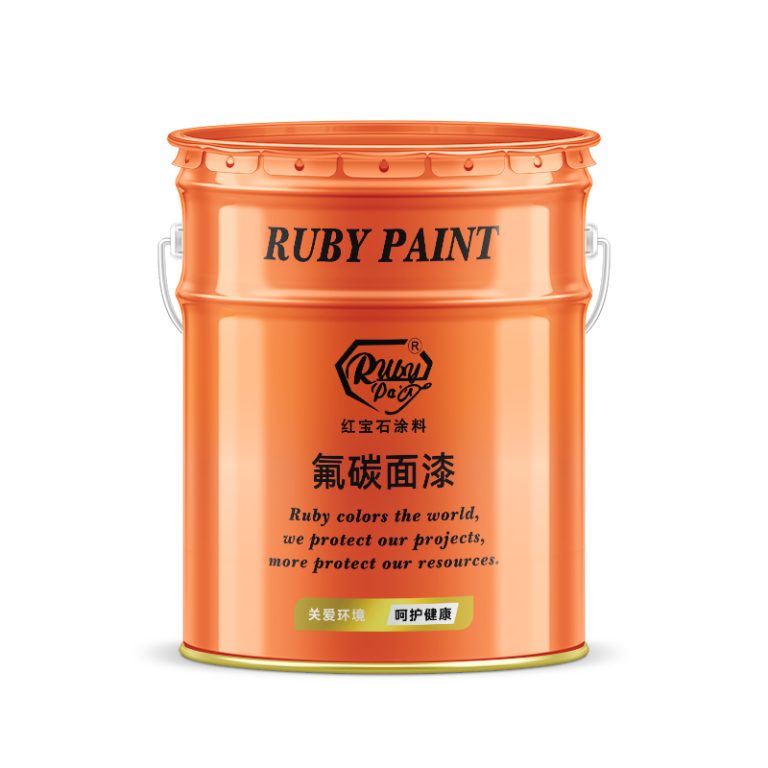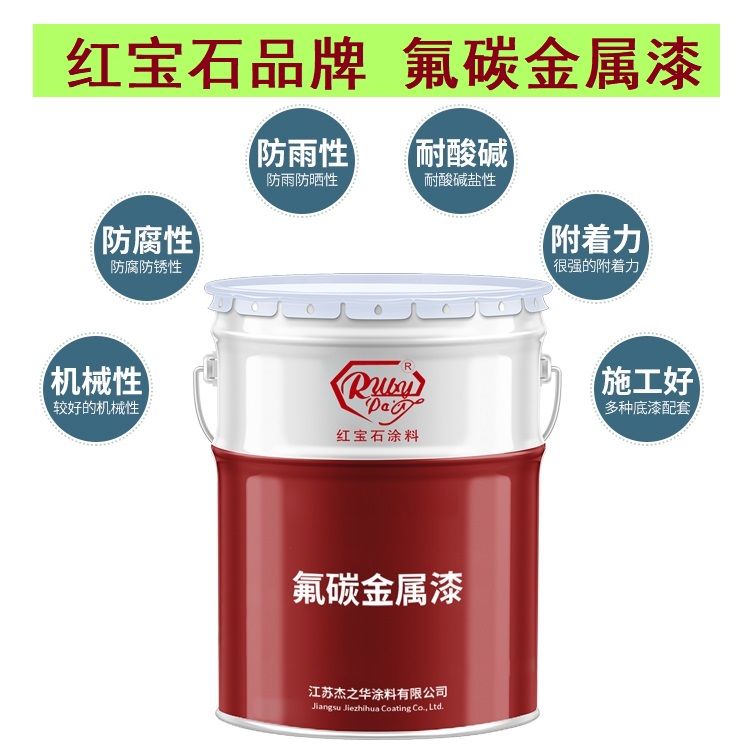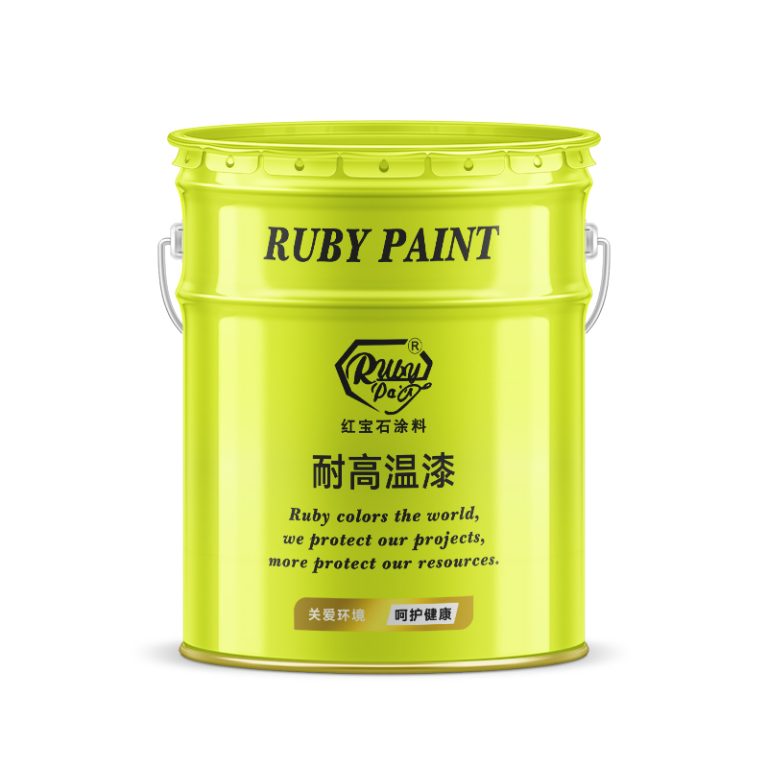Table of Contents
Exploring the Water-Resistant Properties of Acrylic Paint
Acrylic paint is a versatile medium that has become a favorite among artists and hobbyists alike due to its quick-drying properties and vibrant colors. However, one common question that arises is whether acrylic paint is waterproof. To answer this, it is essential to understand the composition and characteristics of acrylic paint and how it behaves when exposed to water.
Acrylic paint is made from pigment suspended in an acrylic polymer emulsion. When applied, the water in the emulsion evaporates, leaving behind a solid layer of color. This quick-drying feature is one of the reasons why acrylic paint is so popular. However, the fact that it dries quickly does not necessarily mean that it is completely waterproof.
Once acrylic paint has dried, it becomes water-resistant to a certain degree. This means that it can withstand exposure to small amounts of water without being washed away. For example, a painting done with acrylics can typically handle light rain or moisture without the colors running or fading. This water-resistant property makes acrylic paint suitable for various indoor and outdoor projects.
However, it is important to note that being water-resistant does not equate to being entirely waterproof. If an acrylic painting is submerged in water or exposed to heavy, prolonged rainfall, the paint may start to soften and eventually dissolve. This is because the acrylic polymer, although water-resistant, is not completely impervious to water.
To enhance the water-resistant properties of acrylic paint, artists and crafters can apply a sealant or varnish over the finished work. Sealants provide a protective layer that helps to prevent water from penetrating the paint layer. There are various types of sealants available, including spray-on and brush-on options, each designed to suit different needs and preferences.
When choosing a sealant, it is crucial to select one that is compatible with acrylic paint to ensure that it adheres properly and provides effective protection. Applying a sealant not only helps to make the paint more water-resistant but also adds a layer of UV protection, which can prevent colors from fading over time.
In conclusion, while acrylic paint is not entirely waterproof, it does possess significant water-resistant qualities that make it suitable for a wide range of artistic and decorative applications. By understanding the limitations and strengths of acrylic paint, artists can make informed decisions about how to protect their work from water damage. Additionally, the use of appropriate sealants can further enhance the durability and longevity of acrylic paintings, ensuring that they remain vibrant and intact even when exposed to moisture.
Techniques to Make Acrylic Paint Waterproof for Outdoor Use
Acrylic paint is a versatile medium that is popular among artists and DIY enthusiasts alike. It is known for its quick drying time, vibrant colors, and ease of use. However, one common question that arises is whether acrylic paint is waterproof. The answer is that while acrylic paint is water-resistant to some extent, it is not completely waterproof. This means that if you are planning to use acrylic paint for outdoor projects, you will need to take additional steps to ensure its longevity and resistance to the elements.
| Serial Nr. | Article Name |
| 1 | Epoxy Zinc rich paint |

One effective technique to make acrylic paint waterproof for outdoor use is to apply a clear sealer or varnish over the painted surface. Sealers and varnishes are available in various finishes, such as gloss, satin, and matte, allowing you to choose the desired level of sheen. These products create a protective barrier that prevents moisture from penetrating the paint, thereby enhancing its durability. It is important to ensure that the paint is completely dry before applying the sealer, as any moisture trapped beneath the surface can lead to peeling or bubbling.
Another method to protect acrylic paint from water damage is to use a waterproofing primer before painting. Primers are designed to create a smooth and even surface for the paint to adhere to, and they can also provide an additional layer of protection against moisture. When selecting a primer, it is crucial to choose one that is specifically formulated for outdoor use and compatible with acrylic paint. Applying a primer not only helps in making the paint waterproof but also improves its overall appearance and longevity.
In addition to using sealers and primers, choosing the right type of acrylic paint is also essential for outdoor projects. Some acrylic paints are specifically formulated to be more resistant to weather and UV rays. These paints often contain additives that enhance their durability and prevent fading when exposed to sunlight. Opting for high-quality outdoor acrylic paints can make a significant difference in the performance and lifespan of your painted surfaces.
Furthermore, the surface on which the acrylic paint is applied plays a role in its water resistance. Porous surfaces, such as wood or unglazed ceramics, tend to absorb moisture more readily than non-porous surfaces like metal or plastic. To ensure optimal waterproofing, it is advisable to prepare the surface properly by cleaning and sanding it before painting. This helps in creating a better bond between the paint and the surface, reducing the likelihood of water seeping through.
| Nr. | Commodity Name |
| 1 | Fluoracarbon finish paint |
In conclusion, while acrylic paint is inherently water-resistant, it is not entirely waterproof. To ensure that your outdoor acrylic paint projects withstand the elements, it is necessary to employ techniques such as applying a clear sealer or varnish, using a waterproofing primer, selecting the appropriate type of acrylic paint, and properly preparing the surface. By taking these steps, you can enhance the durability and water resistance of acrylic paint, allowing your outdoor creations to remain vibrant and intact for years to come.

